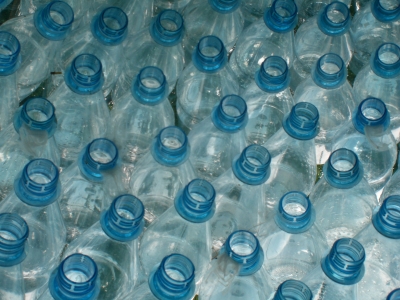New data for collection, recycling capacity and production for 2020 show increases in all measured factors, indicating a steady move towards circularity of the PET industry in Europe. Major growth is observed, in particular, within the PET recycling market, with an overall 21% increase in the installed capacity and totalling 2.8mt in EU27+3.
On the recycled figures, 1.7mt of flakes was estimated to be produced in 2020. There is a steady growth within trays and sheets application, which with a 32% share remain the largest outlet for rPET in packaging, followed by food contact bottles with a 29% share. Driven by producers’ pledges, who have made a range of commitments and goals to incorporate recycled content within their bottles, and with the mandatory recycled content targets – the share of food-grade rPET in PET beverage bottle production is set to continue to grow rapidly. The remainder of recycled PET, on the other hand, is used in fibers (24%), strapping (8%) and in injection moulding (1%), followed by other applications (2%).
Additionally, by 2025, as the report identifies, it is expected that 19 EU Member States will have Deposit Return Schemes (DRS) in place for PET bottles, which shows, along with the increased recycling capacities, a strong move of the PET sector towards circularity. Today seven EU Member States with established DRS achieve sorted for recycling rates of 83% or higher. This implies that with the EU Single Use Plastics Directive (SUPD), collection rate targets already in place, the collection figures, as well as quality, are likely to increase substantially in the lead up to 2025.
However, some challenges remain. For instance, to meet the 90% collection rate and the mandatory recycled content targets, Europe will require an expansion in recycling capacity of at least one third by 2029.
Moreover, further innovation, support from the EU policymakers, and more robust data sources are needed in all areas of the packaging value chain to ensure progress towards the targets is achieved and measured. This will require further harmonisation and implementation of best practices for collection, sorting and design for recycling to facilitate more rPET being used within its own application cycles.
The significant increase in PET collection and recycling sends a positive signal to the market and will boost confidence in further accelerating PET’s circularity.
Download the report










